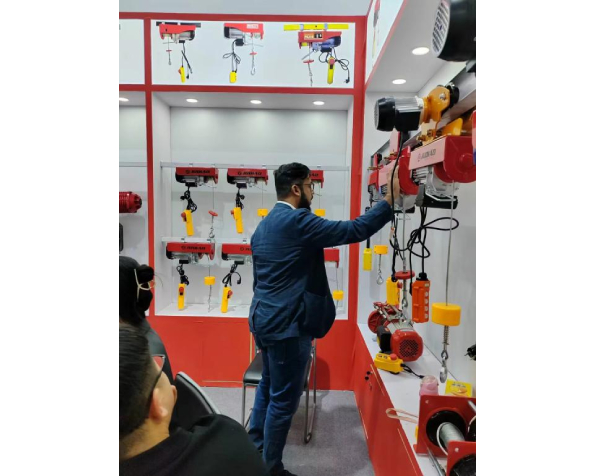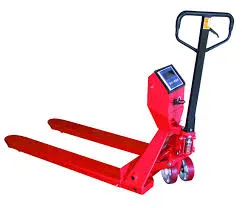In the realm of workplace safety and fall protection, the twin fall arrest lanyard emerges as a paramount tool for those working at heights. Understanding the intricacies of this pivotal apparatus not only underscores its importance but also enhances its effective application across various industries.

The twin fall arrest lanyard is ingeniously designed to provide a dual means of protection, allowing for continuous attachment even when transitioning between anchor points. This design innovation exemplifies a commitment to safety,
ensuring that workers are never left unguarded. Such a system is advantageous in construction, utilities, and maintenance sectors where dynamic movement is inevitable.
One of the most compelling aspects of the twin fall arrest lanyard is its adaptability. Constructed with highly durable materials such as polyester and reinforced with shock-absorbing elements, it is engineered to withstand substantial force while minimizing the impact on the wearer. Its durability and strength are not merely theoretical claims; they are rigorously tested in compliance with industry standards like OSHA and ANSI, attesting to its reliability.

From a technical perspective, the twin lanyard typically features two energy-absorbing webbed lanyards with self-locking snap hooks or carabiners. These components are essential for secure attachment to suitable anchor points, a critical factor in preventing free falls. Moreover, the inclusion of shock absorbers is vital, as they are designed to decelerate the fall, thus reducing the force exerted on the worker's body to less than 1,800 pounds, a crucial parameter for preventing injury.
For industry professionals, the expertise required to utilize twin fall arrest lanyards goes beyond basic usage. Proper training is necessary to understand the limitations of the equipment, such as not exceeding the maximum allowable free fall distance, usually 6 feet, and ensuring compatibility between the harness, lanyard, and anchor point. Such knowledge underscores the professionalism and competence needed to deploy these safety measures effectively.
twin fall arrest lanyard
Moreover, the credibility of a twin fall arrest lanyard is heavily reliant on its brand reputation and certification. Leading manufacturers are dedicated to not only meeting but exceeding safety standards, often providing extensive documentation and testing results. This transparency builds trust among consumers and regulatory bodies, affirming the lanyard's quality and dependability.
In terms of innovation, the market has witnessed significant advancements in lanyard design, incorporating features such as RFID tracking for inventory management and enhanced adjustability for user comfort. These enhancements are testament to the ongoing commitment within the industry to marry safety with efficiency, ensuring that workers are not only protected but also able to perform their tasks without hindrance.
Regular inspections and maintenance of the twin fall arrest lanyard are imperative for maintaining its protective qualities. Before each use, a thorough examination for wear and tear, such as fraying, mold, or damage to connectors, is crucial. An authoritative voice in the safety equipment industry would emphasize that neglect towards these checks could lead to catastrophic failures, negating the very purpose of the equipment.
For professionals entrusted with height safety, a bespoke fall protection plan is a demonstration of responsibility and expertise. This plan should integrate the twin fall arrest lanyard in a way that aligns with the specific hazards and obstacles of a given work site, therefore underscoring the necessity for bespoke solutions in safety protocols.
In conclusion, the twin fall arrest lanyard is a testament to human ingenuity in the pursuit of safety at heights. Its robust design, compliance with stringent safety standards, and adaptability make it a cornerstone in fall protection systems. By leveraging this knowledge and emphasizing the importance of training, inspection, and innovation, users can ensure the equipment's effectiveness, safeguarding lives while allowing for the unrestricted movement professionals require to perform their duties efficiently.








